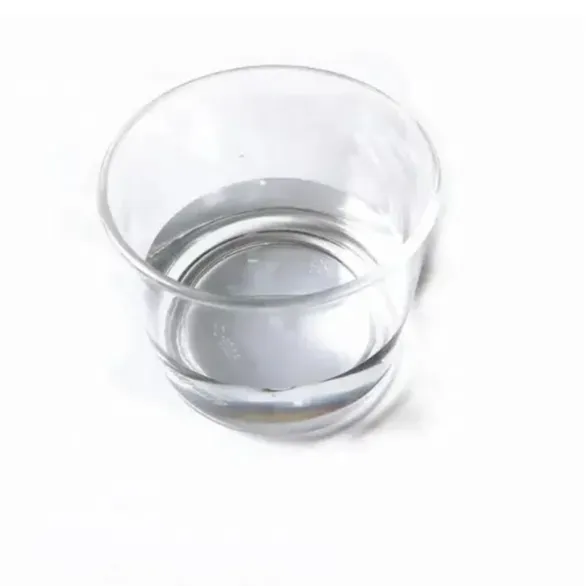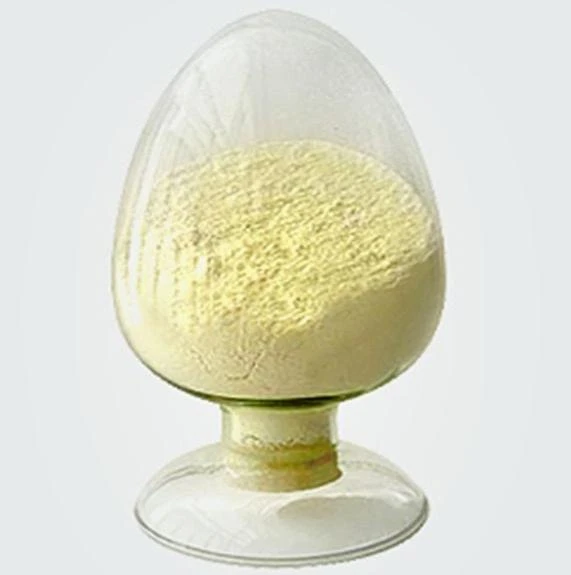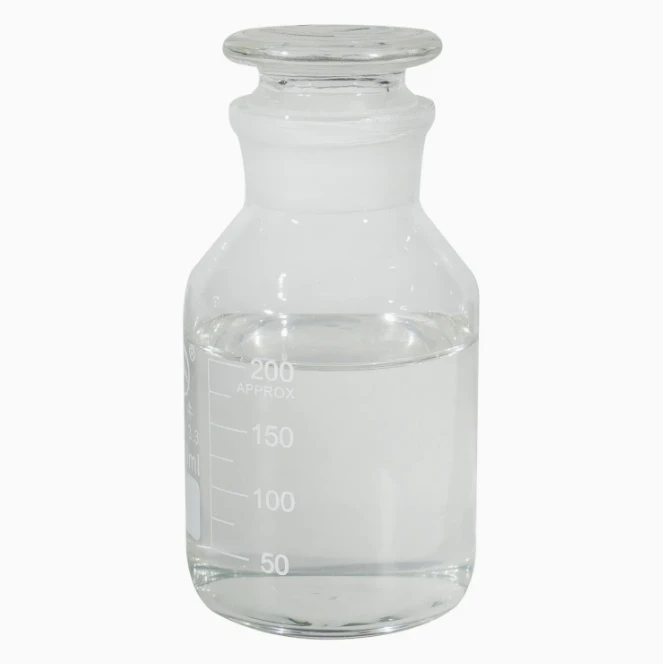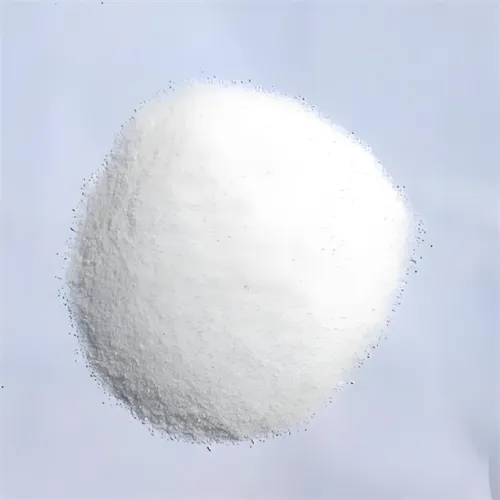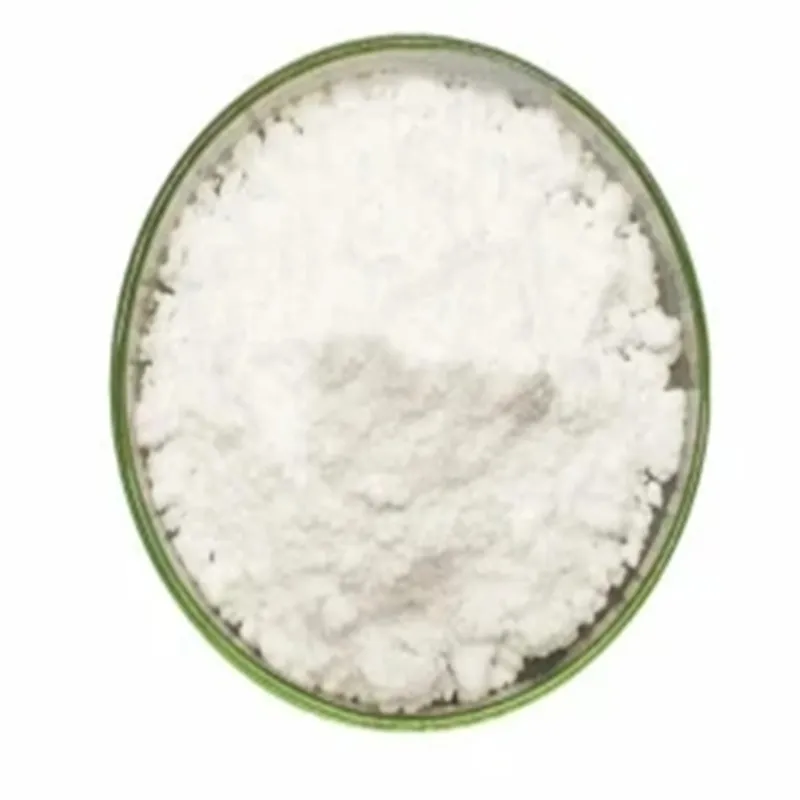Warning: Undefined array key "file" in /home/www/wwwroot/HTML/www.exportstart.com/wp-content/themes/1198/header.php on line 7
Warning: Undefined array key "title" in /home/www/wwwroot/HTML/www.exportstart.com/wp-content/themes/1198/header.php on line 7
Warning: Undefined array key "title" in /home/www/wwwroot/HTML/www.exportstart.com/wp-content/themes/1198/header.php on line 7
- Afriken
- Albanè
- Amarik
- Arab
- Amenyen
- Azerbaydjan
- Basque
- Belarisyen
- Bengali
- Bosnyen
- Bulgarian
- Catalan
- Cebuano
- Lachin
- Lachin (Taiwan)
- Kors
- Kwoasyen
- Czech
- Danwa
- Olandè
- angle
- Esperanto
- Estonyen
- Finnish
- franse
- Frisyen
- Galisyen
- Jòjyen
- Alman
- grèk
- Gujarati
- Kreyòl ayisyen
- hausa
- Hawaiian
- ebre
- Non
- Miao
- Ongwa
- Icelandic
- igbo
- Endonezyen
- Ilandè
- Italyen
- Japonè
- Javanèz
- Kannada
- kazak
- Khmer
- Rwandan
- Koreyen
- Kurdish
- Kyrgyz
- TB
- Latin
- Latvian
- Lityanyen
- Luxembourgish
- Masedwan
- Malgashi
- Malay
- Malayalam
- Maltese
- Maori
- Marathi
- Mongolyen
- Myanma
- Nepali
- Nòvejyen
- Nòvejyen
- Occitan
- Pashto
- Pèsik
- Polonè
- Pòtigè
- Punjabi
- Woumen
- Ris
- Samoan
- Scottish Gaelic
- Sèb
- angle
- Shona
- Sindhi
- Sinhala
- Slovak
- Sloveni
- Somalyen
- Panyòl
- Sundanese
- Swahili
- Swedish
- Tagalog
- Tajik
- Tamil
- Tatar
- Telugu
- Thai
- Tik
- Tirkmen
- Ukrainian
- Oudou
- Ouygur
- Ouzbek
- Vyetnamyen
- Welsh
- Ede
- Yiddish
- Yoruba
- Zoulou
Valsartan Powder
Valsartan is used clinical for receptor antagonist of angiotensin AT1, has good effect to the different degree of hypertension patients who used other antihypertensive without efficacy , is a new generation of highly efficient antihypertensive .
Valsartan belongs to the angiotensin II receptor blocker (ARB) family of drugs, which also includes telmisartan, candesartan, losartan, olmesartan, and irbesartan. ARBs selectively bind to angiotensin receptor (AT1) and prevent the protein angiotensin II from binding and exerting its hypertensive effects, which include vasoconstriction, stimulation and synthesis of aldosterone and ADH, cardiac stimulation, and renal reabsorption of sodium, among others. Overall, valsartan's physiologic effects lead to reduced blood pressure, lower aldosterone levels, reduced cardiac activity, and increased excretion of sodium.
Valsartan also affects the renin-angiotensin aldosterone system (RAAS), which plays an important role in hemostasis and regulation of kidney, vascular, and cardiac functions. Pharmacological blockade of RAAS via AT1 receptor blockade inhibits negative regulatory feedback within RAAS, which is a contributing factor to the pathogenesis and progression of cardiovascular disease, heart failure, and renal disease. In particular, heart failure is associated with chronic activation of RAAS, leading to inappropriate fluid retention, vasoconstriction, and ultimately a further decline in left ventricular function. ARBs have been shown to have a protective effect on the heart by improving cardiac function, reducing afterload, increasing cardiac output and preventing ventricular hypertrophy and remodelling.
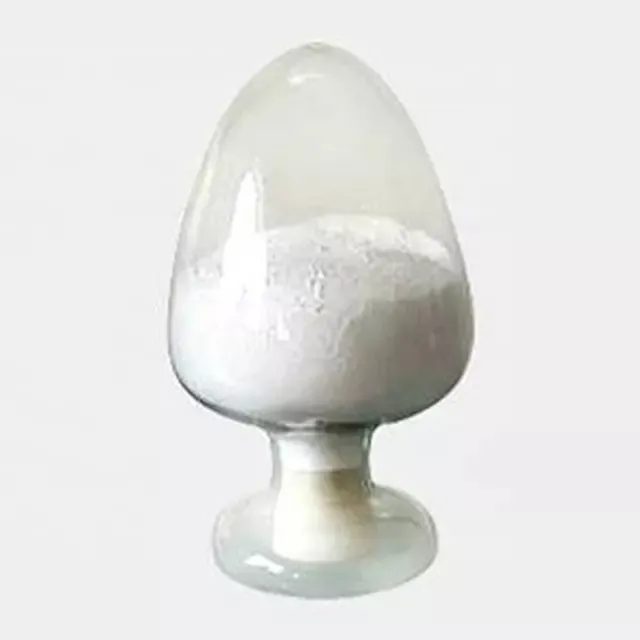
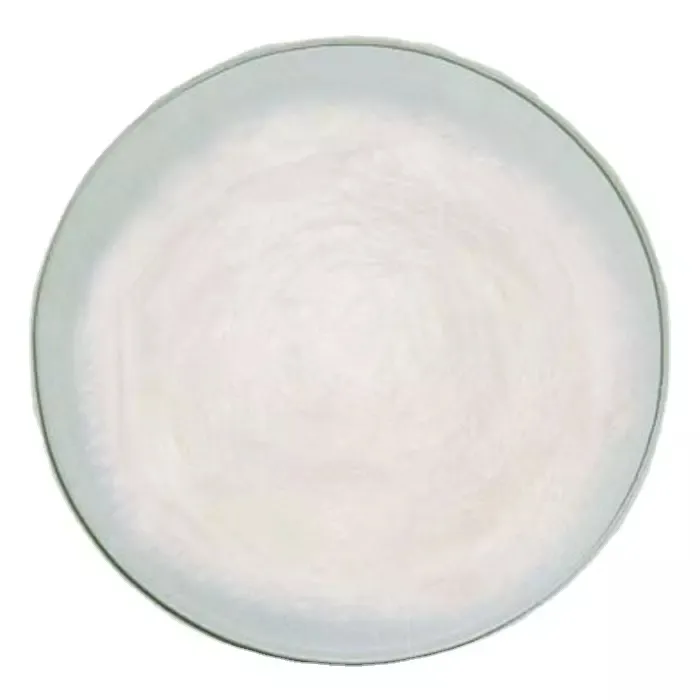
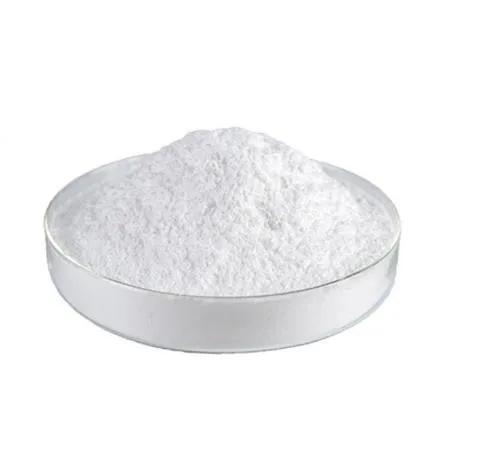

Valsartan is an angiotensin II receptor antagonistwith particularly high affinity for the type I (AT1) angiotensin receptor. By blocking the action of angiotensin, valsartan dilates blood vessels and reduces blood pressure. In the U.S., valsartan is indicated for treatment of high blood pressure, congestive heart failure (CHF), or post-myocardial infarction (MI) .
Nou gen anpil faktori-wo kalite ak gwo koperasyon, ki ka ba ou bon jan kalite pwodwi ak pri konpetitif. Epi nou ka bay tou rabè pou acha esansyèl. Epi nou kolabore ak anpil konpayi transpò machandiz pwofesyonèl, ka delivre pwodwi san danje epi san pwoblèm nan men ou. Tan livrezon se sou 3-20 jou apre konfimasyon peman an.




| Atik | Test Standard | Testing Result | |
| Aparans | Powder | Konfòme | |
| Color | Poud blan | Konfòme | |
| Particle Size | 100% pass 80 mesh | Konfòme | |
| Oder | Characteristic | Konfòme | |
| Taste | Characteristic | Konfòme | |
| Pèt sou siye | ≤5.0% | 2.20% | |
| Residue on Ignition | ≤0.1% | 0.05% | |
| Residual acetone | ≤0.1% | Konfòme | |
| Residual Ethanol | ≤0.5% | Konfòme | |
| Heave Mentals | ≤10ppm | Konfòme | |
| Na | ≤0.1% | <0.1% | |
| Pb | ≤3 ppm | Konfòme | |
| Plak total | <1000CFU/g | Konfòme | |
| Yeast & Mold | <100 CFU /g | Konfòme | |
| E. Coli | Negatif | Konfòme | |
| Salmonèl | Negatif | Konfòme | |
| Conclusion: Conform with USP Standard | |||

1. Èske ou se yon faktori oswa yon konpayi komès?
Nou se yon konpayi entegre endistri ak komès, bay yon sèl-stop service.OEM ta ka aksepte.
2. ou bay echantiyon yo genyen? Èske li gratis oswa siplemantè?
Echantiyon gratis. Frè machandiz echantiyon an bezwen peye bò kote ou.
3. Èske ou gen nenpòt sètifika ki gen rapò ak kontwòl kalite?
ISO 9001:2008 sètifikasyon asire bon jan kalite.
4. Kisa mwen ta dwe bay pou jwenn yon sitasyon?
Pls enfòme nou sou kalite pwodwi ou bezwen, kantite lòd, adrès ak kondisyon espesifik yo.Y ap fè sitasyon an pou referans ou nan tan.
5. Ki kalite metòd peman ou pito? Ki kalite kondisyon yo aksepte?
Kondisyon livrezon yo aksepte: FOB, CFR, CIF, EXW;
Aksepte Peman Lajan:USD;
Accepted Payment Type: T/T,Western Union; Paypal,BTC
Lang pale: Angle.
Kategori pwodwi yo
-
 May . 07, 20252025 New York Cosmetics Ingredients ExhibitionThe much-anticipated 2025 Cosmetics Ingredients New York will be held at the Javits Center in New York from June 3 to 4, 2025. This event will bring together industry leaders, innovators and enthusiasts from all over the world to discuss the latest trends and advances in the field of cosmetic ingredients.
May . 07, 20252025 New York Cosmetics Ingredients ExhibitionThe much-anticipated 2025 Cosmetics Ingredients New York will be held at the Javits Center in New York from June 3 to 4, 2025. This event will bring together industry leaders, innovators and enthusiasts from all over the world to discuss the latest trends and advances in the field of cosmetic ingredients. -
 Apr . 27, 2025Zibo will host the 2025 International Chemical ExpoZibo, a city known for its thriving chemical industry, will host the 2025 Zibo International Chemical Expo from May 16 to May 18, 2025. This highly anticipated event aims to bring together industry leaders, innovators and stakeholders from around the world to explore the latest advancements and trends in the chemical industry.
Apr . 27, 2025Zibo will host the 2025 International Chemical ExpoZibo, a city known for its thriving chemical industry, will host the 2025 Zibo International Chemical Expo from May 16 to May 18, 2025. This highly anticipated event aims to bring together industry leaders, innovators and stakeholders from around the world to explore the latest advancements and trends in the chemical industry. -
 Apr . 22, 20252025 Yokohama Cosmetics Raw Materials and Technology ExhibitionYOKOHAMA, Japan – The City of Yokohama is preparing to host the much-anticipated Cosmetics Ingredients & Technologies 2025 from May 14 to May 16, 2025. The premier event is expected to attract industry professionals, innovators and enthusiasts from around the world to showcase the latest advancements in cosmetic ingredients and technologies.
Apr . 22, 20252025 Yokohama Cosmetics Raw Materials and Technology ExhibitionYOKOHAMA, Japan – The City of Yokohama is preparing to host the much-anticipated Cosmetics Ingredients & Technologies 2025 from May 14 to May 16, 2025. The premier event is expected to attract industry professionals, innovators and enthusiasts from around the world to showcase the latest advancements in cosmetic ingredients and technologies.






